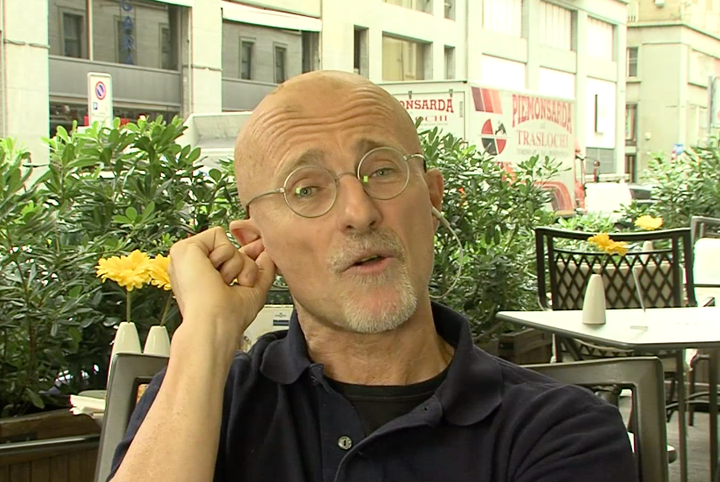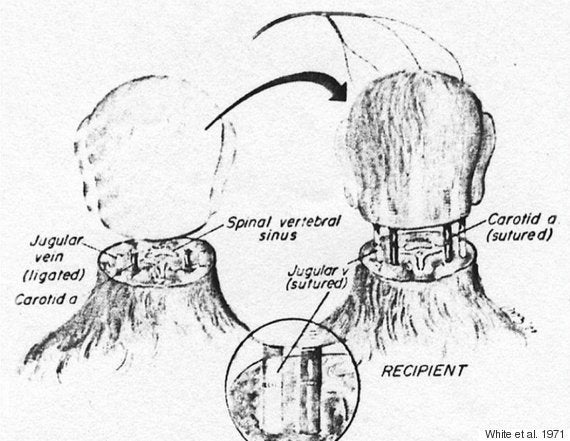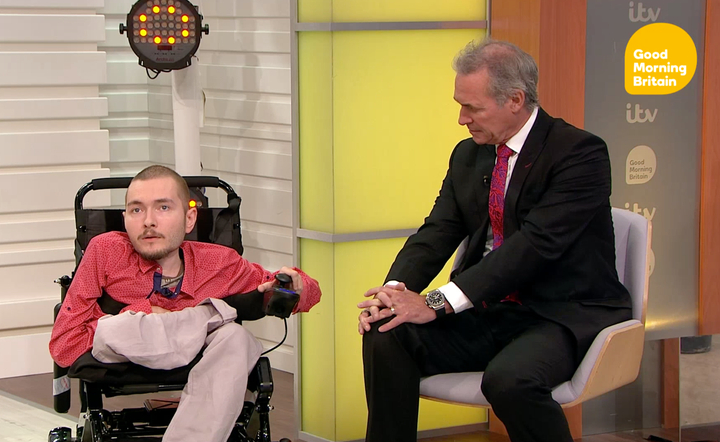The man who hopes to be the world’s first recipient of a head transplant has explained why he is willing to go ahead with such risky surgery.
Valery Spiridinov, who has Werdnig-Hoffman disease, a rare genetic condition which stops his muscles growing, hopes to have his head transplanted onto the healthy body of a brain dead donor.
The 31-year-old intends to undergo the procedure in December 2017.

Spiridinov, who is wheelchair-bound, appeared on Good Morning Britain to discuss the groundbreaking surgery on Tuesday.
Confessing a passion for science, Spiridinov said: “I thought that if this technology could improve and could be done safe enough to make these transplants on humans, it will make sense and of course we should evolve this procedure and make it happen.”
He added: “My current condition is pretty heavy. I cannot take care of myself, I cannot walk, need constant assistance. My motivation is about improving my life conditions and to get to the stage where I will be able to take care of myself and be independent of other people.”

Italian neurosurgeon Dr Sergio Canavero estimates the £10m operation will take 150 medical staff 36 hours to complete and that Spiridinov has a 90% chance of surviving the surgery, due to take place in China.
He said he would be performing the first “rehearsal” transplants on cadavers, but when host Piers Morgan suggested he was: “playing with Spiridinov’s life,” Dr Canavero was dismissive.
Appearing via video link in Italy, he said: “These doctors don’t know what they’re talking about and I’m pretty sure they didn’t even read the papers… stay tuned because more news is coming and I’m pretty sure everybody will be coming around very, very soon. It’s gonna work.”

Revealing the physical hardship he faces on a daily basis, Spiridinov said: “Today my life is pretty tough, I need to rely on people to help me every day, even twice a day, because I need someone to take me off my bed and put me into my wheelchair, to assist me through the day, so it makes me pretty dependable on many people. If there will be a way to change this, it should be tried.”
But he admitted that his girlfriend is less keen on the surgery, confirming: “She accepts me as I am.”
Dr Hilary Jones said that there were many risks to the surgery including the loss of the use of his arms and the rejection of his head by the donor body.

He added: “He’d need a respirator because the nerves that make his heart beat and his lung breathe would not be connected anymore and he could well end up with no motor function in his body, paralysis.”
Dr Canavero announced his bold claims last year via a paper published in Surgical Neurology International.
He proposes that after severing the head from the body via a clean cut to the spinal column, it would be attached to a living donor body.
Once the major nerves and arteries have been rejoined, the spinal column would be injected with polyethylene glyco, a substance that encourages the fat in cell membranes to join.
The patient would then be placed into an induced coma for several weeks while electrodes would be used to stimulate new nerve connections between the head and the body.
The recipient would be able to speak with the same voice claims Dr Canavero, adding that with physiotherapy they would be able to walk within a year.
Despite Spiridinov’s optimism much of the medical profession believe the controversial procedure is doomed.
In 2015, Dr Hunt Batjer, president elect of the American Association for Neurological Surgeons, told CNN: “I would not wish this on anyone. I would not allow anyone to do it for me as there are a lot of things worse than death.”
Head transplants have been carried out on dogs, monkeys and mice, all with varying degrees of success.
